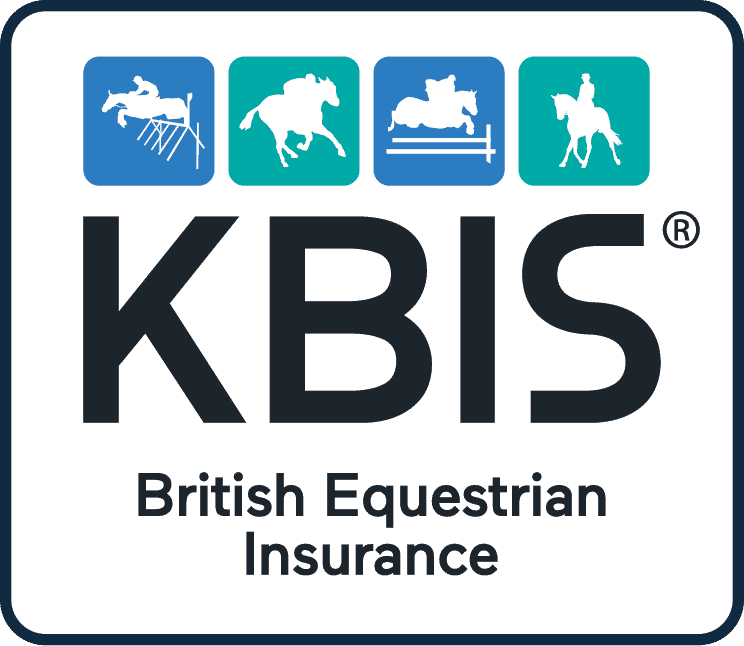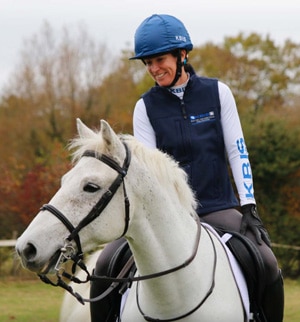When it comes to insuring your event horse there are a number of areas to consider, we have created the simple guide below to help explain each section of cover available.
- Mortality insurance
Mortality insurance covers your horse should he be killed, die or have to be put down by a vet because he is in unremitting pain that cannot be controlled and no treatment options are available, (on humane grounds,) due to an accident, sickness or disease (please note that the British Equine Veterinary Association guidelines must be met for a claim to be valid). In the event of a valid claim, you will receive your horse’s insured value, this should be the current market value of your horse if you were to sell him unless you decide to under insure to keep the premium down. Along with the sum insured, you will also receive up to £200 disposal costs*.
2. Permanent Loss of Use insurance
Permanent Loss of Use insurance covers your horse should he be permanently incapable of doing the activity he has been vetted and insured to do, for example, you buy a horse that is currently competing at Novice and it passes a 5 stage vetting for this purpose. Your horse then injures a tendon and despite lots of treatment and box rest the prognosis is that he will never event again. He would, however, be suitable as a light hack or field companion. In this instance, if you choose to put your horse down it would not be a mortality claim as you would be putting him down on economic grounds and not in line with policy terms and conditions (humane grounds). With loss of use insurance in place you would receive a % of his value, depending on the % you decided to insure, whether you kept him in retirement or chose to put him down.
3. Vets Fee insurance
This is the most popular part of a horse insurance policy, it is where we see the most claims (with some classes of use seeing one in every three horses making a claim) and is, therefore, the most expensive. The first step to picking a suitable vet fee insurance option is to consider whether you want full cover (for any accidents, injuries, sickness or diseases that are not pre-existing) or whether you are happy with more limited cheaper cover, such as the KBIS Catastrophe Cover (for open wounds, colic surgery, joint and tendon sheath flushing due to sepsis and surgery for fractured pastern and pedal bones). Once you have decided this you can then pick your incident limit (if you are opting for full cover), either £3,500* per incident or £6,000*. Finally, you need to pick an excess you are happy with. You can read our full vets fee guide here.
Please note that this article refers to insurance policies with KBIS British Equestrian Insurance and the cover available will change with different providers*


